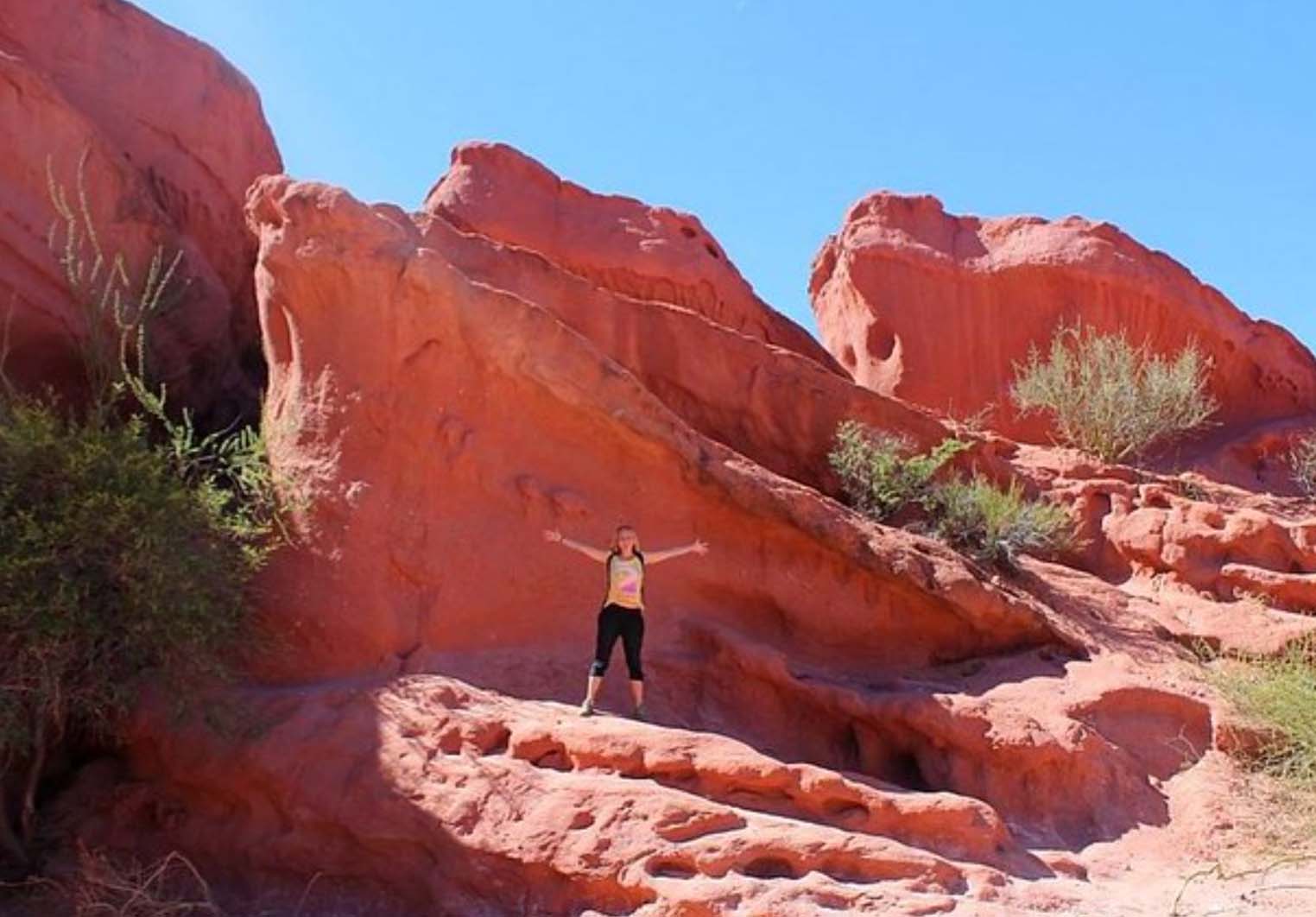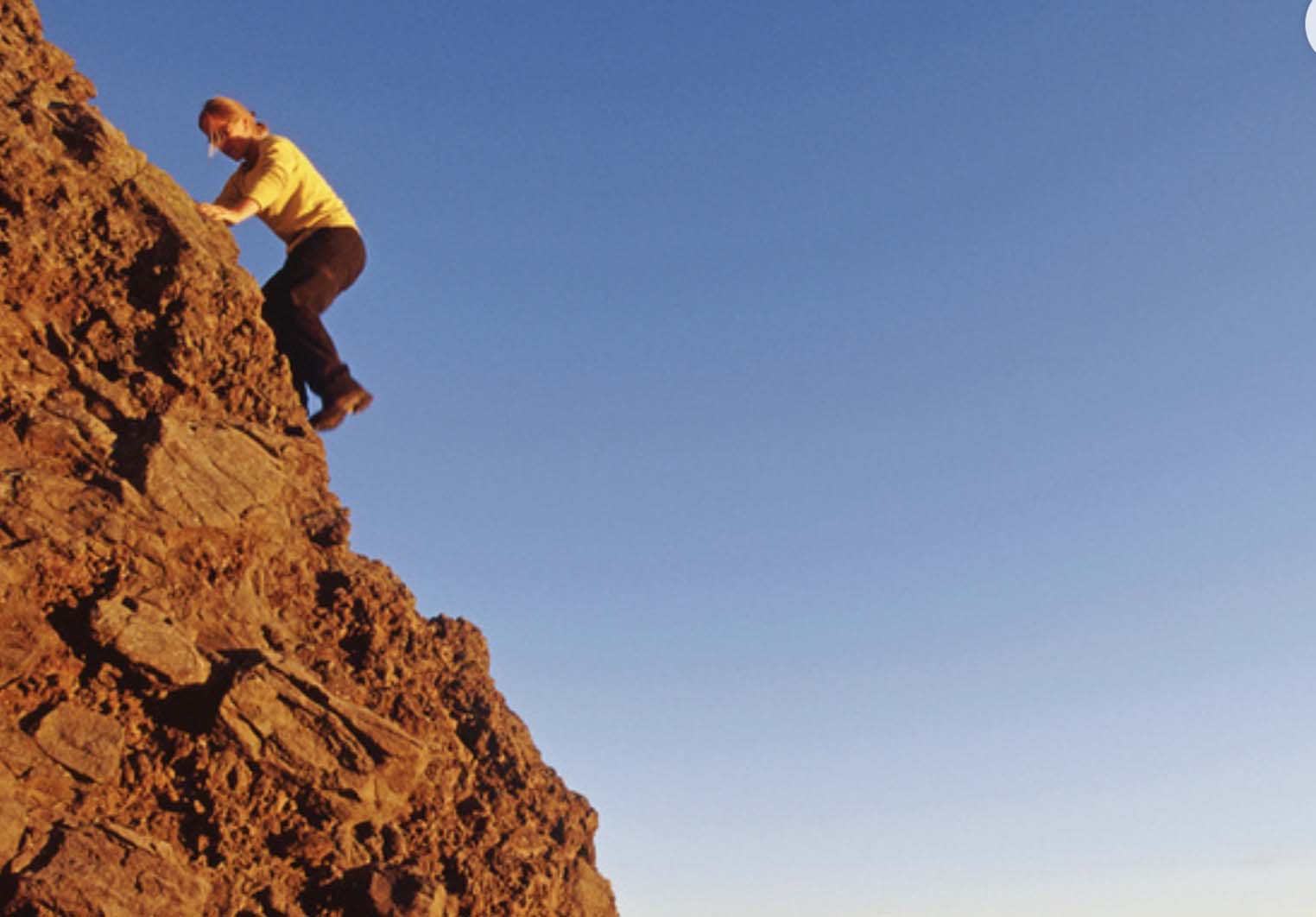Tree-lined streets: Amidst the splendid European architecture and wide tree-lined boulevards, we often feel like we’re in Paris rather than Buenos Aires. We love things about Buenos Aires.
Ice cream: This city is a paradise for ice cream lovers. The smallest size is a cone with two large scoops, which is all we need, but people from all over the world order half a kilogram or even a full kilogram of ice cream (for those not buying ice cream, that’s 2.2 pounds of ice cream in metric). The main chains are Freddo and Volta, and we also found a small café called Diechi on Avenida Santa Fe, where you get two scoops for $3.
Street art: Because it’s not only not illegal but also socially accepted, BA’s artists have been able to create an incredible outdoor museum of street art, and we can’t stop raving about it.
Dog walkers: Argentines love their dogs, but it’s tough for their canine companions living in apartments. The law dictates that dogs must have enough time outdoors, so dog walkers are hired, often walking 10 or more dogs at a time, tethered with a massive woven leash. Surprisingly, these dogs adapt well and proudly walk together as a group. Adorable!
Palermo cafe scene: Palermo’s sidewalks are dotted with independent small coffee shops and cafes, perfect for coffee enthusiasts, people-watching, digital nomads, and savoring homemade alfajores and other Argentine delicacies.
San Telmo Market: San Telmo’s Sunday market is one of the best flea markets we’ve ever visited. The street is lined with street performers, buskers, Brazilian drum bands, tango dancers, and crowded bars, making it look more like a massive street party than an outdoor pedestrian market.
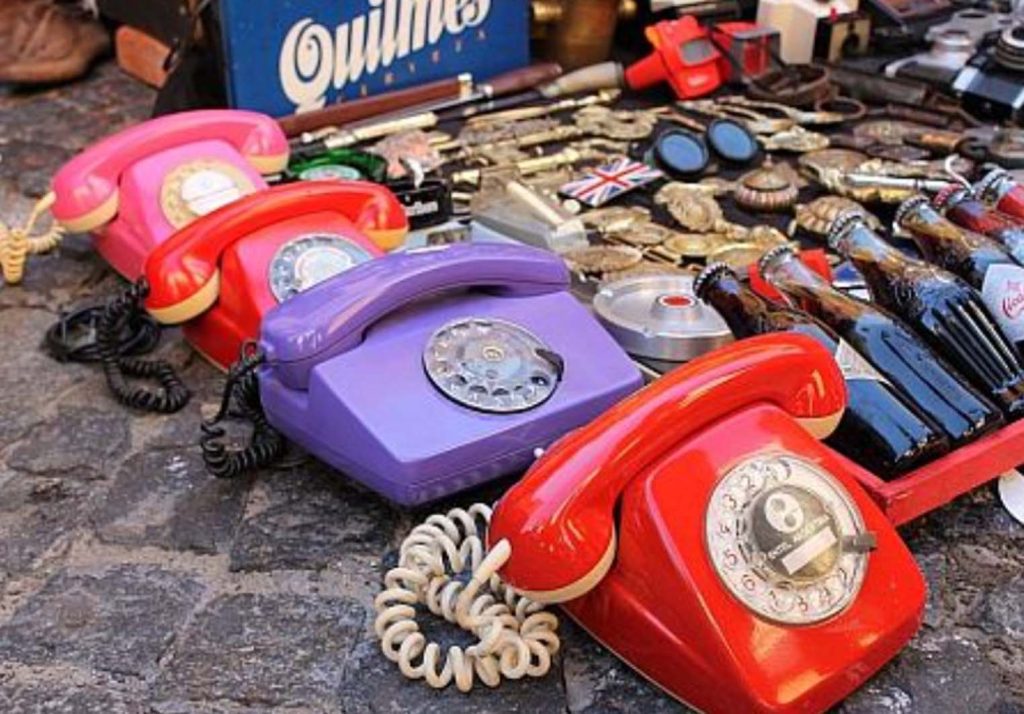
Architectural Marvels: In the days leading up to our free Buenos Aires walking tour, we were continually amazed by the European aesthetic that permeated everything in the city. Along our journey, we uncovered a fascinating historical tidbit – 19th-century ships didn’t return empty after transporting agricultural products to Europe; instead, they carried back loads of construction materials for Argentina’s elite.
Savory Pizza Delights: Buenos Aires boasts some of the most mouthwatering pizza you can find, and you already know how passionate we are about it!
Enthralling Tango: In contrast to traditional dances that have faded into obscurity in other nations, the tango is alive and thriving in this city. Tango aficionados can savor its essence throughout BA, from the vibrant San Telmo Sunday market to tourist-friendly restaurants in La Boca and local milongas (tango bars).
Distinctive Accent: Little did we imagine that we’d develop an affection for the unique Argentine accent. Phrases like “playa” (beach) morphing into “plaisha” and “yo” (I) transformed into “sho” added a touch of charm to our experience. On our very first day in our Wimdu vacation rental, when the mover asked if he could assist me with my backpack, he quirkily inquired, “sho la shevo?” I couldn’t help but chuckle at the playful tone, and it took some time to grow accustomed to hearing foreigners speak this distinct dialect. Fast forward six weeks, and it wasn’t just the accent but also the lilting Italian rhythm and animated hand gestures that won us over.
Fragrant Flower Stalls Abound: Nearly every street in Buenos Aires boasts charming flower stalls, and sometimes you catch their delightful scent even before setting eyes on them. This lovely feature conveniently masks the occasional odors from the piled-up trash on the streets (we never claimed BA was perfect). We adore the ease with which you can pick fresh flowers practically anywhere!
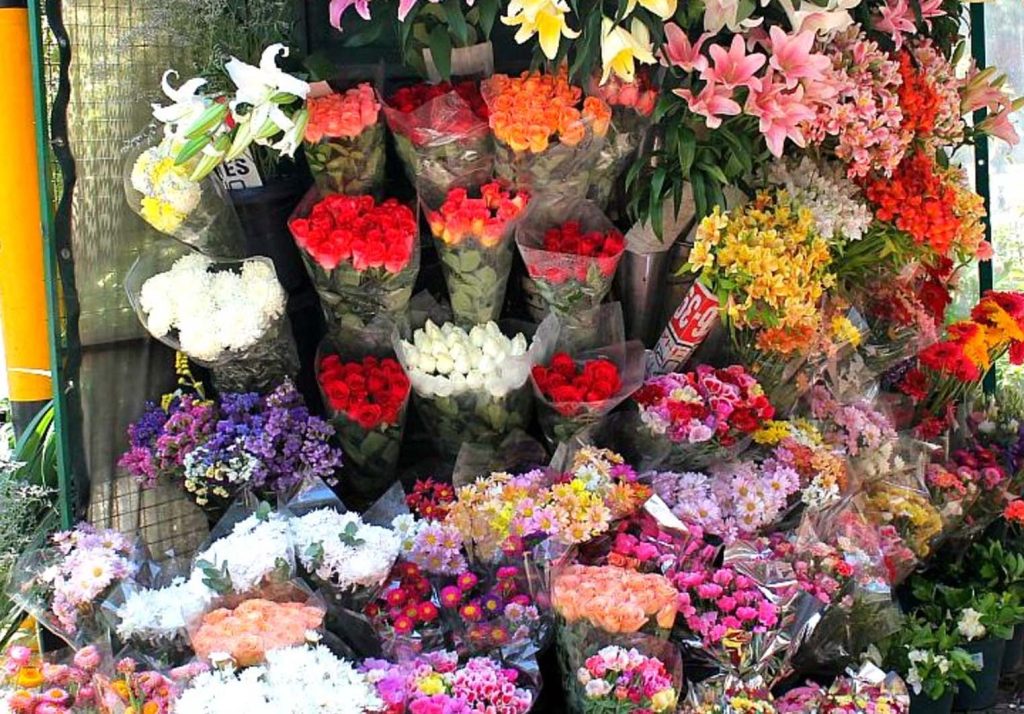
Portenos’ Dedication to Physical Fitness: Despite the abundance of pizza, steak, and cigarettes, Porteños are surprisingly committed to fitness. Gyms are a ubiquitous sight, and mornings see women strolling with yoga mats under their arms. Popular outdoor fitness activities include running along Puerto Madero, participating in boot camps in parks, or engaging in other workouts (as depicted in the image below).

The City’s Balance of Old and New: San Telmo is brimming with antique shops and lively squares, while Palermo Hollywood’s restaurants feature glass facades and renowned chefs. You can enjoy an all-organic vegetarian lunch and spend an afternoon in a traditional café where the waitstaff wears black and white attire, serving up espresso and medilunas on large trays, evoking a time before fad diets and low-fat butter. On weekdays, well-dressed individuals are engrossed in their smartphones, but weekends are a time to slow down, savor extended barbecues, late nights, and leisurely moments in the park.
Medialunas: These sugary, flaky croissants are a beloved breakfast treat in Argentina, not only in the capital but in cafes throughout town. The “Cafe con Leche” (coffee with milk) and a trio of medialunas deal is especially special.
July 9th Avenue: Crossing this 16-lane behemoth of a boulevard takes two to three traffic light cycles, but we love the shops, restaurants, hotels, iconic Obelisco, and the grandiose opera house Teatro Colón that line this avenue.
Puerto Madero Sunsets: We relish watching the sunsets over Puerto Madero, the newly revitalized former port area of the city.
Puzzling Attitudes Towards Protests and Strikes: Buenos Aires sees more than 30 protests every week. On our second day in the city, during a city tour, our guide, Ana, pointed out a few “bus escolares” (school buses) parked on the side of the road. “Oh,” she almost nonchalantly remarked, “someone’s protesting.” Sure enough, along this road, hundreds of protesters had gathered on July 9th Avenue (none of them were schoolchildren; protesters simply used the school buses to enter the city center). When we asked her why, she responded with a casual, “Who knows, who cares.” One evening, over a million protesters gathered in Buenos Aires, with hundreds of thousands more in cities across Argentina. We were dining in a crowded restaurant a mile away, and it seemed like no one was the least bit bothered. Why people take to the streets with such passion and yet seem so nonchalant about blocking others’ voices is one of the perplexing factors of life in Buenos Aires.
Expat Entrepreneurship Community: Due to very relaxed visa regulations and moderately enforced entrepreneurial rules, the Argentine capital is teeming with expats. The expat community is diverse, well-informed, and exploring the city is an exciting experience.
Local Romantic Moments: In a world where the middle and upper classes are becoming increasingly homogenized, we love that during our morning walks, we often see men and women in local cafes, reading newspapers, sipping coffee, just like a century ago, and everyone seems to be taking their time, not racing against the clock.
Parks: What a green city! Like any major capital, most of Buenos Aires is covered in vast expanses of concrete, but the entire center is filled with large parks, some of which are like little forests. We spent many afternoons reading in these green spaces.
Recoleta Neighborhood: Parisian-style architecture lines the streets of this original neighborhood, which most tourists visit at some point as it’s home to the famous Recoleta Cemetery, where Evita Peron is buried.
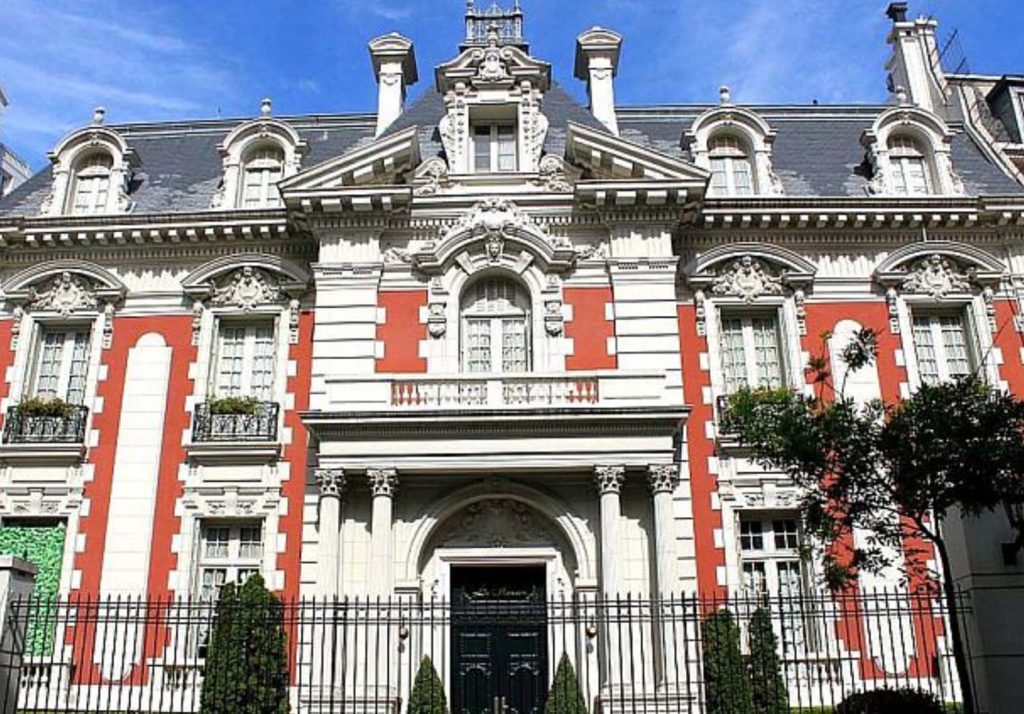
City on the Brink: Protesters, chaos, a lack of any degree of confidence in the government, and escalating inflation give Buenos Aires the feel of a Latin powder keg about to explode. While you’d think you should be afraid of the outbreak of these factors, the city feels exciting, bold, and you better live now before everything crumbles.
The Strong Ones Carrying the Buildings: Danny took many photos of these individuals lifting the city’s most beautiful structures.
Multicultural City: Spanish and Italian influences are evident, but Jewish, Polish, British, and Arab communities have also had a significant impact on this city.
Attitude Towards LGBT Rights: Argentina is the first South American country to fully embrace marriage equality, despite being a predominantly Latin and Catholic nation. The LGBT community has integrated fully into society, with hardly any homophobia in the broader social context.
Yerba Mate Dedication: Mate, a stimulating herbal drink, is a habit in Buenos Aires! People drink mate in parks, workplaces, and cafes. We often see people replenishing their mate from thermos flasks on the streets.
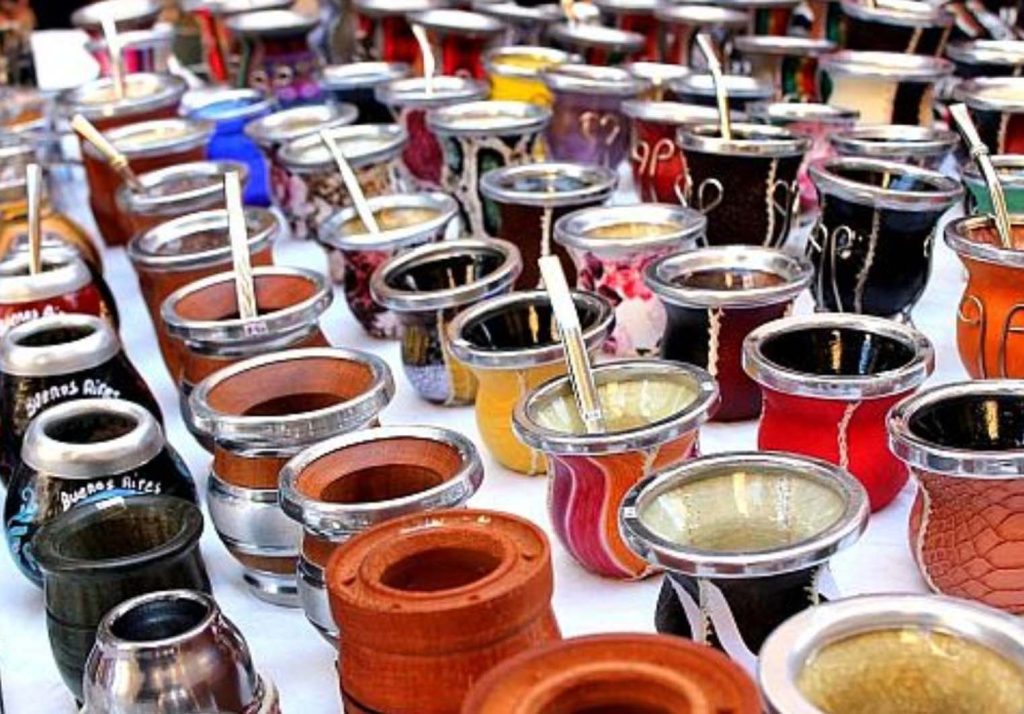
Cemeteries: In Buenos Aires, the massive above-ground mausoleums line the streets of what are like mini-city blocks. While most tourists visit the aforementioned Recoleta, almost no one goes to the larger, more beautiful Chacarita Cemetery that Danny visited a few days before we left town.
Beautiful Billboard Frames: Much like the metro station signs in Paris, Buenos Aires’ beautiful ornate green billboard frames are one of those small details that make BA such a romantic place, even if it’s a subconscious one.
El Ateneo Grand Splendid Bookstore: The former grand theater is now the world’s largest bookstore, where book enthusiasts can enjoy literature on the theater’s stage while sipping coffee.
Abundant Vegetarian Restaurants: Meat, pizza, meat, meat, pizza. That’s all we heard about BA before coming, but it turns out that people here have a healthy attitude toward meatless meals!
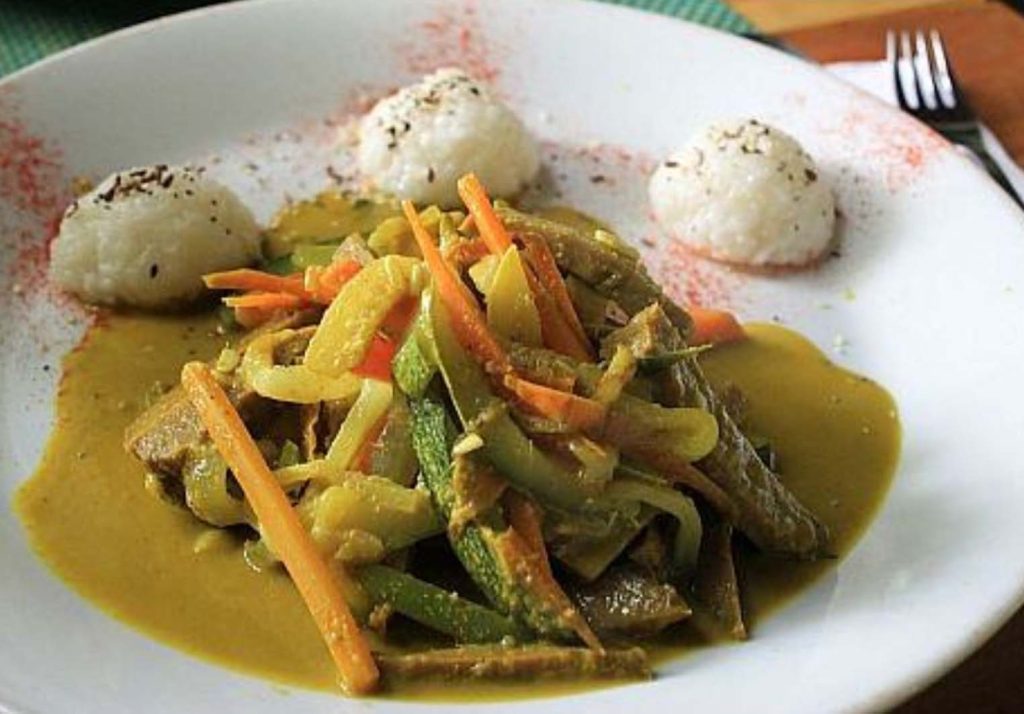
Milka Shops: Entire stores dedicated to this popular German chocolate brand. After enduring several months of subpar chocolate selection, Danny is definitely in heaven, indulging in her absolute favorite sweet indulgence!
Public Transportation: While buses might not always come to a complete stop before you board, and getting change can be a challenge at times, and the Subte may not run very late, pickpocketing may be common, but using the city’s interactive online maps, we found it quite easy to navigate the city using public buses (each ride for 50 cents) and the subway (each ride for $1.25) at any time of day or night.
Cats in the Botanical Garden: The Buenos Aires Botanical Garden isn’t just a paradise for plant enthusiasts; it’s a hidden gem for cat lovers too. As you explore the garden’s lush greenery and vibrant floral displays, you’ll quickly notice that it’s home to a thriving feline population. Dozens of cats have chosen this serene environment as their sanctuary, and they’ve become an endearing part of the garden’s ambiance.

Throughout the day, these cats can be observed in various nooks and crannies of the garden, going about their typical feline routines: grooming, frolicking, or simply basking in the dappled sunlight. It’s not uncommon to witness them snuggled up together, enjoying a peaceful catnap or engaged in affectionate interactions. Their presence adds an extra layer of tranquility and charm to this already idyllic place.
For Dani, one of the standout experiences in Buenos Aires is undoubtedly the presence of these delightful cats. So much so that, on her birthday, she specifically chose to spend a portion of her special day in the Botanical Garden, relishing the company of these furry companions in the midst of the garden’s natural beauty. It serves as a testament to the garden’s unique and heartwarming appeal, drawing in both tourists and locals, and providing a delightful escape for those who appreciate the flora and fauna of Buenos Aires.



